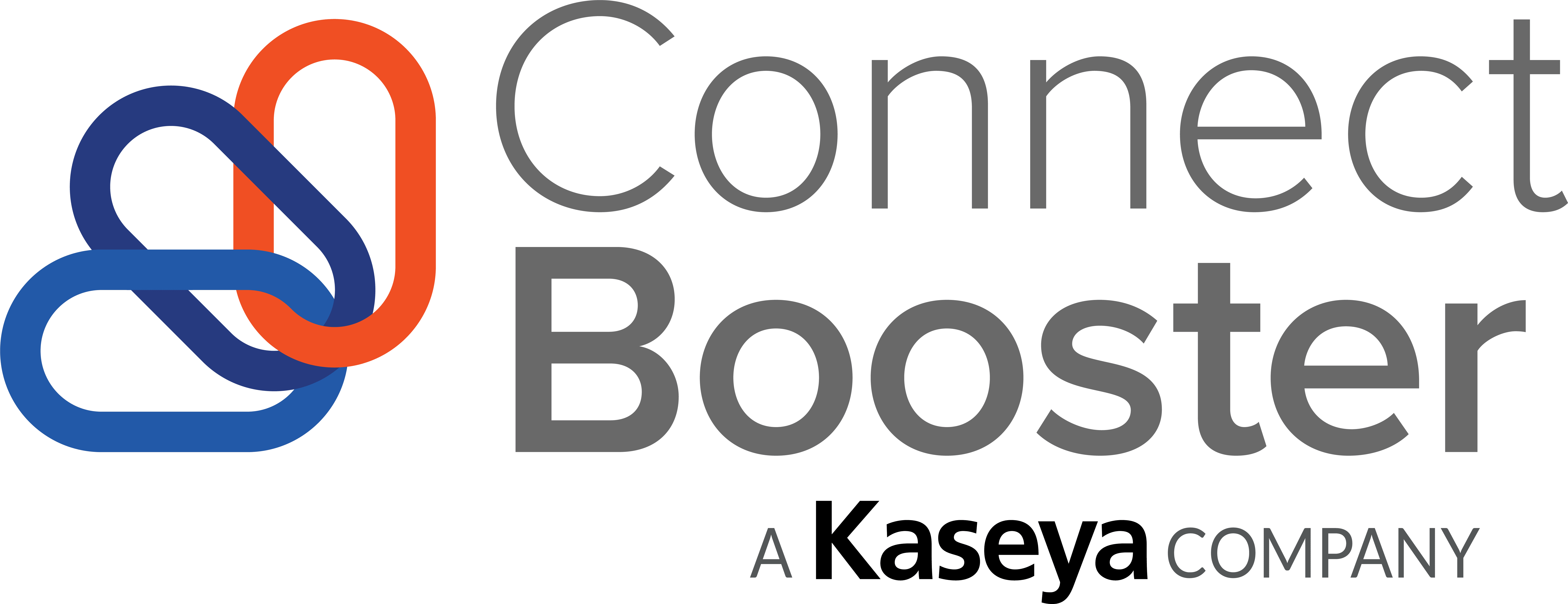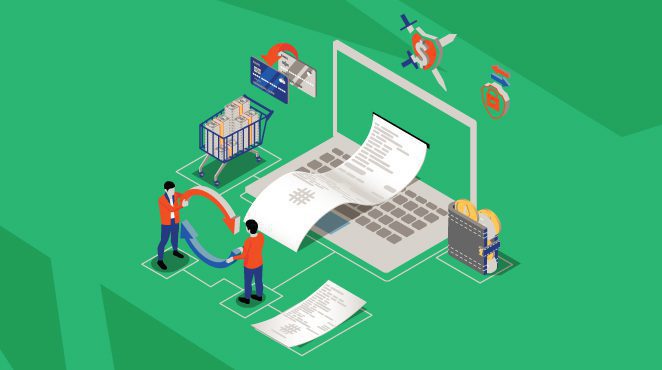Businesses must adopt industry standards and best practices to optimize their operations. Thankfully, the experiences and lessons from others’ can help MSPs flatten the learning curve and increase their opportunities for success. The most cost-effective lessons come from paying attention to the achievements, mistakes and failures of peers.
Nowhere is this more obvious than in the collections department. MSPs may be experts at designing, implementing and supporting IT solutions, but few providers feel comfortable initiating discussions about overdue invoices with their clients. People naturally shy away from potential confrontations and unpleasant conversations.
That’s why MSPs must adopt an efficient billing and invoice process, and corresponding flowchart. Understanding cash flow and the methodologies behind collections is critical to the success of these programs, and steady income is essential to a company’s growth. Proper timing and consistency are the core ideas behind building and maintaining an MSP’s payment process flow chart.
The Value of a Payment Process Flow Chart
Cash flow management struggles are a primary factor in 80% of business failures, and one-third of U.S. SMBs have more than $20,000 in outstanding receivables with an average balance of $53,399. Those numbers suggest a large percentage of companies face significant collections issues. While many of those businesses are not MSPs, cash flow problems affect virtually every industry. Implementing an effective payment process and diagraming each step in an easy-to-follow invoice flowchart is a great starting point.
Visuals are a valuable aid for any business. A payment process flowchart is a key reference for training new employees and reinforcing collections fundamentals with existing staff members. Illustrations helps keep everyone on track and, when things go wrong, makes it easier to spot issues and missteps.
A payment process flowchart should serve as a best-practices visual for the company. The collections team should frequently review the steps as operational “checks and balances” and make updates as needed. Companies should constantly strive to create an efficient method for maximizing total revenue and cash flow and reducing late payments, and properly reflect those changes in the payment process flow chart.
These images must be dynamic. An effective invoice process flowchart is a living document and should change over time to reflect new business best practices and the evolution of collection-focused technologies and integrations. Automation is essential to a well-managed A/R program, and innovation will surely increase that role in the coming years.
Building an MSP-Specific Payment Process Flow Chart
The good news for managed service providers is the maturity of the business model. Operational best practices continue to evolve, and automation improvements drive greater efficiencies, but most of the pieces needed to run an effective and profitable MSP are already in place.
The IT services community is extremely charitable. No company should have to build a payment process and flow chart from scratch since so many quality templates and examples are readily available in the channel. MSPs may acquire these resources from peer communities or as a benefit of partnering with a vendor or distributor. Some build their own list of steps and methodologies by adopting or adapting proven industry best practices.
With a mix of consistent and project-based income streams, the challenge for many IT services companies is managing invoice communications, tracking payments and maximizing cash flow. Mapping those procedure is a lot easier than executing several of the most critical client-facing steps. An effective payment process flow chart addresses:
- How does the company create and deliver invoices for its goods and services in a timely manner? While some may not consider this one of the key steps in the payment process, billing kicks it all off. MSPs need not add too much detail on their internal invoice processing flowchart but should outline the basic steps, concepts, and expectations. Listing the systems and automation tools helps ensure everyone is on the same page.
- How does the MSP collect money for its services? Cash, credit, and ACH could each be a different branch on the payment process flow chart. Does the firm rely on manual data entry or electronic methods for transactions? How much actual time does it take to receive payment? A standardized invoice that outlines payment options is a common MSP best practice.
- Does the payment match the invoice or other outstanding balances? MSPs’ payment process flow charts may include a number of different sub-steps and questions based on their collections policies, CRM and accounting systems. That can be a significant problem in a company with a large invoice volume with long processing times.
- How does an MSP manage exceptions? Team members should identify and resolve discrepancies with payments, invoices or P.O. numbers, or other information. MSPs should review, verify, and address inconsistencies and exceptions with their clients before moving to the next step in the invoice process flowchart. Issues here can significantly affect collection time.
- Is the information ready to record? When incoming payments match outstanding invoices, the collections team can input the data, including the reimbursement amount and purchase order number, and then close out the process. This is both a critical and typical step in the invoice management approval process
An MSP’s payment process flow chart could include a number of other steps and details. This is a basic list or starting point for providers to design a comprehensive roadmap to address their unique needs.
Fixing a Broken Payment Process Flow Chart
MSPs are dynamic entities. Service offerings frequently change, and customers may need or request additional offerings, throwing the process out of whack, if not completely off the rails. So a one-size-fits-all invoice processing flowchart is not a great option. An effective collections program requires periodic review and a method for quickly bringing problems to management’s attention.
Occasional enhancements may help strengthen an MSP’s cash flow and resolve operational issues. Incorporating new ideas and best practices from peer groups and the general business community can boost A/R collections rates, customer retention levels, and monthly recurring revenue. The payment process flow chart is a “living” diagram that providers may alter whenever they discover a better process or idea.
Automations are critical and invite enhancements. For example, adding a secure client payment platform like ConnectBooster helps MSPs route invoices, streamline their collections processes and increase cash flow. With integrations to accounting and quoting tools and PSA platforms, these systems can prepare each invoice for payment, reduce manual data entry requirements and potential inputting errors and improve the efficiency of each step in these operations. MSPs can realize greater productivity and profitability when they automate more steps in their payment process flow chart.
Leverage the Power of ConnectBooster
A primary goal for collections teams is to properly record and apply all incoming cash, credit and ACH payments. ConnectBooster helps MSPs accomplish that objective by automating the most critical steps in the process and reducing manual data entry requirements.
The platform allows clients to securely review current and past invoices and manage payment options. Integrations with high-value managed services and financial tools provide additional automation power, increasing the efficiency and success of collections teams. Eliminate all the additional steps with ConnectBooster.
See ConnectBooster in action and learn how your MSP can simplify its payment process flow chart. Request a ConnectBooster demo.

